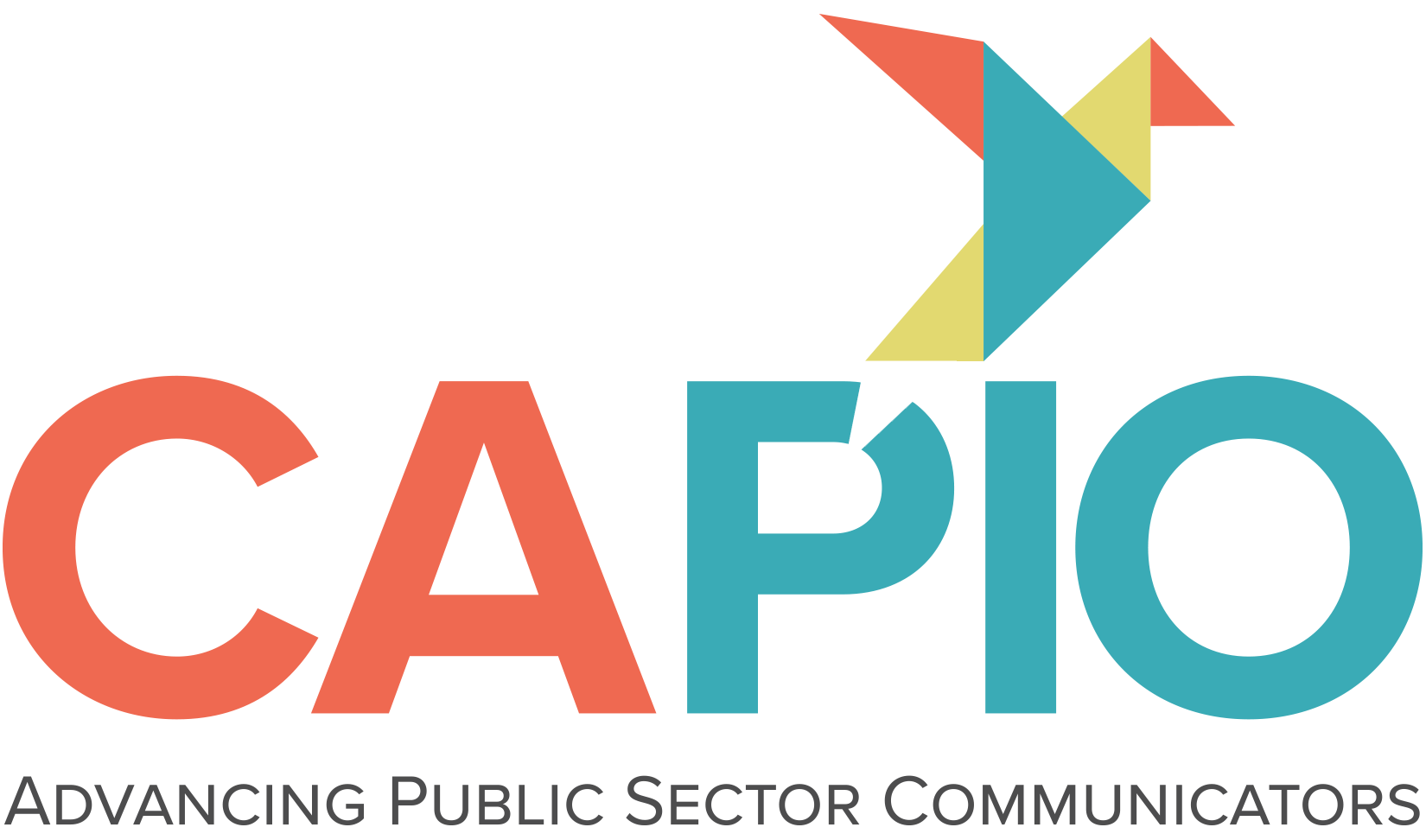AI Isn’t New, But GenAI Is
Article by Diamond Partner Tripepi Smith
Artificial intelligence (AI) is not a new concept. Mentions of “automatons” date back to Greek mythology. Fast forward a few years, and we have British computer scientist Alan Turing creating the concept of “the Turing Test” in 1950. Then, American computer scientist John McCarthy officially birthed the phrase “artificial intelligence” in 1956 — nearly seven decades ago. Nowadays, AI is a commonplace technology. We rely on it to tell us the weather, predict traffic patterns, remotely control our in-home media and check the spelling in our emails.
So, why are we constantly hearing about AI as if it’s something brand-new and exciting? The nonstop media hype is due to the rampant quality leaps happening in a branch of AI: generative artificial intelligence, or “GenAI” for short. GenAI refers to tools that can generate text, images, audio or videos in response to a text-based “prompt” from you.
GenAI Is Improving Exponentially
It was only a year ago when we collectively laughed at the lame attempts of GenAI to generate images and videos. These newfangled tools generated pure nightmare fuel, especially when it came to human anatomy: drooping faces, blurred expressions, seven fingers on a hand, or limbs in positions that would make chiropractors wince.
But, now? Now, GenAI may instigate nightmares of a different kind: a fear of how far they have come and how quickly. Take this February 16, 2024 demo from OpenAI (the company behind the ubiquitous “ChatGPT”) of its text-to-video generator tool, “Sora.” You truly cannot tell these short video clips came from a GenAI tool.
Strategy and Policy Come Before Tactics
So, as this set of tools crosses the threshold from laughable to viable, how are we supposed to navigate this brave, new world of endless content creation possibilities? It may seem counterintuitive, but one of the first steps to take is a step back from diving into these new, shiny tools. It’s tempting to think of GenAI as some wholly separate tool, just because its creative capabilities are like nothing we’ve seen before. And it’s immediately gratifying to experiment with these tools and have a technology generate something in a few seconds that would normally take us minutes or hours (or days). But you need to look before you leap.
The most apt analogy we can make is to think of GenAI in the same way you thought about social media when it was first becoming part of your Communications toolset. In our experience, very few public agencies had the foresight to establish a Social Media Strategy and/or an internal Social Media Policy prior to fully delving into the world of social media platforms such as Facebook and Twitter/X. Rather, many agencies suffered through months or years of the “wild West,” only creating a Strategy and Policy to rein in the chaos of different processes and practices.
Three Reflective Questions to Ask Your Team
Creating a comprehensive Strategy around how to use GenAI as well as an internal Policy about proper conduct is easier said than done, though. Only a handful of local government agencies have tackled these guidelines and published them. A recent example is the Town of Los Altos Hills in California, who just adopted their own “Artificial Intelligence (AI) Use Policy” on February 15, 2024. Here are three questions to help guide your agency in its own GenAI journey:
- Your GenAI “Team” — Who all needs to be involved in discussions about GenAI tool adoption, your Strategy and your Policy? Hint: it has to be broader than just the one or few people with an interest in the technology.
- Your GenAI Strategy — What quantitative & qualitative goals do you want to achieve via GenAI? Do you want to reduce labor spent on content production by a certain percentage? Do you want to branch out into new kinds of content production, such as animated videos?
- Your GenAI Usage Policy — Who ultimately makes decisions regarding the agency’s GenAI tool adoption? What practices do you need in place to protect the agency’s data from unauthorized access?
Survey: How Is Your Agency Using GenAI?
Tripepi Smith has launched a survey about GenAI usage in local government. We would love to hear your input on why/how your agency leverages this new technology. The survey only takes a few minutes to complete; once we have a critical mass of data, we will share it with the CAPIO community and all survey takers.
Tripepi Smith at the 2024 Annual Conference
The Tripepi Smith team is attending the CAPIO 2024 Annual Conference in full force with Ryder Todd Smith, Kevin Bostwick, Charlie Mounts, Alyson Nichols, Jacob Lyle and Morgan Mock. Not only is Tripepi Smith a Diamond Sponsor of CAPIO, but we are also supporting the conference itself as the Wi-Fi and Welcome Reception sponsor. You can find our team at our booth, in the conference halls or leading the ‘Mastering the Unexpected: Your Secret Weapons for Crisis Response’ session on May 14 from 3:30 p.m. to 4:30 p.m.
